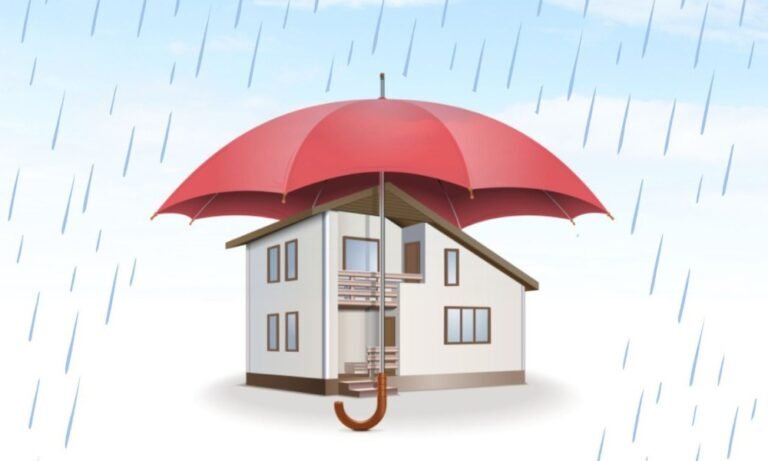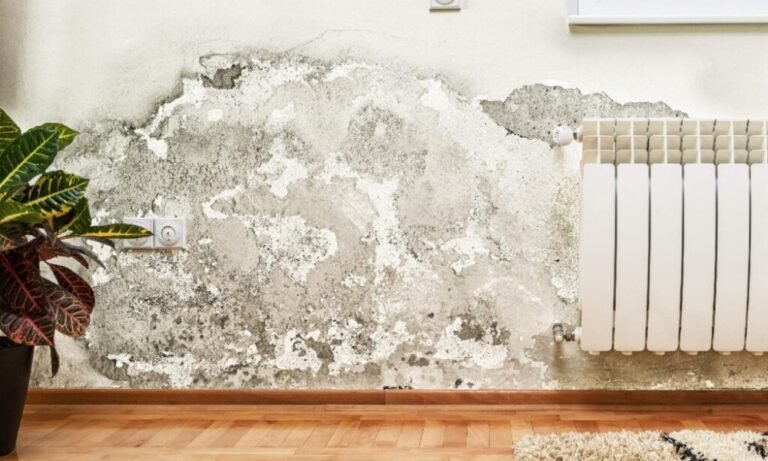Estimated reading time: 4 minutes
Dealing with moisture creeping up your walls? I’ve been there—it’s frustrating, unsightly, and can even impact your health. Rising damp, a common issue in many homes, occurs when groundwater travels through porous materials like brick and mortar. But don’t worry, I’ve got some practical solutions to protect your living space from this pesky problem.
What You’ll Learn Today:
- How to recognize the signs of moisture issues in your walls
- Simple yet effective solutions to resolve rising damp
- When to handle repairs yourself and when to call a professional
- Proactive maintenance tips for a dry, safe home
What Is Rising Damp?

Imagine water sneaking into your walls from the ground—essentially, that’s rising damp. It’s a gradual process where moisture infiltrates your home’s foundation and makes its way up through masonry. This can lead to a host of problems, from flaking plaster to rotting wood.
How to Spot the Signs:
- Peeling paint or wallpaper near the base of walls.
- White powdery residue (salt deposits) on surfaces.
- Skirting boards that are damp or starting to rot.
- Persistent musty smells that don’t go away.
Spotting these early can save you from more significant issues down the road.
Effective Solutions for Rising Damp
1. Apply a Damp-Proof Course (DPC)

A damp-proof course acts like an invisible wall, preventing moisture from rising further. There are two primary methods:
- Damp-Proof Cream: This is great for newer properties or standard wall sizes. It’s easy to apply and eco-friendly, making it a popular DIY option. You simply inject the cream into drilled holes, and it forms a water-resistant barrier.
- Damp-Proof Fluid: This method is ideal for older homes with thicker walls. The fluid penetrates deeply, creating a robust shield against moisture. It’s a go-to solution for historical or large-scale projects.
👉 Further Reading: Damp Walls? Here’s How Waterproofing Can Help You
2. Address Drainage Issues
If water collects around your home’s foundation, it’s just waiting to cause trouble. Clear gutters and downpipes regularly to prevent water from pooling near the walls. Redirect runoff away from the base of your house to keep everything dry.
3. Seal External Walls
Applying a water-resistant coating to your external walls can prevent moisture from seeping in. Be sure to choose breathable solutions, especially for older properties, to avoid trapping moisture inside.
👉 Related Article: Top Benefits of Waterproofing Your Home Before Monsoon
DIY vs. Professional Damp-Proofing
Here’s the million-dollar question: Should you fix the issue yourself or bring in a professional?
DIY Repairs
- Best For: Minor issues like small damp patches or clogged gutters.
- Advantages: Affordable and satisfying.
- Drawbacks: Limited effectiveness for larger or recurring problems.
Professional Solutions
- Best For: Extensive moisture damage or older properties with complex needs.
- Advantages: Long-term results backed by expertise.
- Drawbacks: Higher upfront cost, but worth it for peace of mind.
👉 Expert Insight: When Should You Hire a Professional for Waterproofing?
Proactive Tips for a Damp-Free Home
Preventing dampness is far easier—and cheaper—than fixing it later. Here’s how I keep my house dry and comfortable:
- Maintain Proper Ventilation: Open windows, install vents, or use a dehumidifier to reduce indoor moisture levels.
- Inspect Your Property Regularly: Look for leaks, cracks, or any signs of wear and tear.
- Protect Your Foundation: Ensure rainwater flows away from your house by maintaining proper drainage systems.
- Apply Masonry Sealants: Reinforce external walls with waterproof coatings to prevent moisture penetration.
Light Humor Break
Dealing with damp is like dealing with a toddler’s tantrum—it’s disruptive, messy, and usually happens at the worst possible time. The good news? Unlike tantrums, damp-proofing has clear, effective solutions!
Wrapping It Up
Rising damp doesn’t have to be a nightmare. With the right approach—whether it’s applying a damp-proof course, fixing drainage, or calling in the experts—you can protect your home and enjoy peace of mind.
For more guidance, check out Cost-Effective Waterproofing Tips for Every Budget. Tackling moisture issues early can save you time, money, and stress in the long run.
Remember, a dry home is a happy home—and that’s something we can all get behind.



